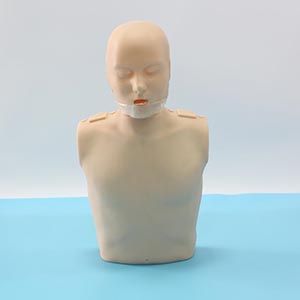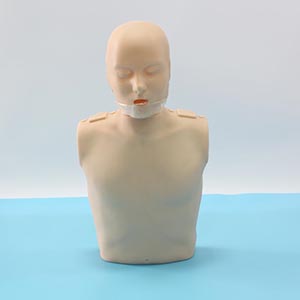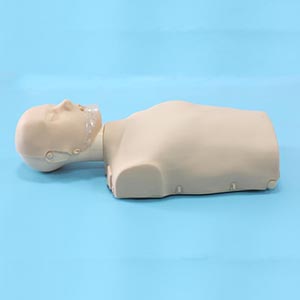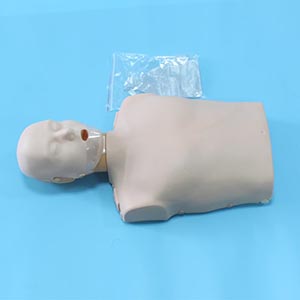ADA MED SUPPLY LIMITED
Phone:+86 19937901373
Tel:+86-0379-65160607
Email:adaanatomy@adaanatomy.com


In medical training, the mastery of cardiopulmonary resuscitation (CPR) skills is very important to improve the survival rate of first aid. The Simple Half-Body CPR Simulator is the choice of many training institutions and medical schools due to its lower cost and ease of operation. However, while ensuring the teaching effect, how to balance the cost performance is still a widely discussed topic in the industry.

Simple Half-Body CPR Simulator
1. Market demand and cost-effective consideration
In recent years, the demand for CPR simulators in the medical education and first aid training market has continued to grow . According to relevant statistics, medical colleges, community first aid training centers and enterprise health and safety training have strong demand for low-cost and efficient CPR training equipment. Compared to the advanced full-body CPR simulator, the first simplified hemisimulator is usually 30%-50% cheaper, but still provides basic compression and ventilation training.
However, low-cost CPR simulators on the market may have some limitations, such as:
- Press strength feedback is insufficient, affecting the student's grasp of the standard press depth;
- Ventilation feedback system is not accurate enough , affecting airway opening and artificial respiration training effect;
- Uneven durability and material quality may affect long-term use experience.
Therefore, when choosing, industry experts suggest that: should consider the durability of the equipment, feedback system, real simulation and price, to ensure the best cost performance .

2. Teaching effectiveness and Key Performance Indicators
Medical training experts pointed out that an excellent simplified version of the half-body CPR simulator should have the following key performance :
1. Standardized press feedback : Provide visual or sound cues to ensure that the press depth is 5-6cm.
2. Artificial ventilation feedback : Simulate chest fluctuation to help students judge the effectiveness of ventilation.
3. Human anatomy marks clear : such as sternum, ribs and other parts, easy to correctly press positioning.
4. Durable material : can withstand high frequency training, suitable for long-term use in teaching institutions.
At present, some simple CPR simulators have begun to be equipped with the best intelligent press feedback system , such as through LED lights or digital screens to show the pressure, to further improve the quality of training. This allows low-cost equipment to provide teaching effects close to high-end products , to achieve the maximum cost performance.

3. Industry expert opinion: How to balance teaching effectiveness and cost?
According to the data analysis of medical training experts and first aid education institutions, When purchasing a simplified half-body CPR simulator, you can balance teaching effectiveness and cost in the following aspects :
- Training goal oriented : basic training can choose an economic model without electronic feedback, advanced training can choose a mid-range product with feedback system.
- Equipment sharing mechanism : Multiple students can share a simulator to improve equipment utilization and reduce unit training costs.
- Combined with virtual reality (VR) or online courses : Some first aid training institutions use the CPR simulator + virtual training system model to improve teaching effectiveness while reducing equipment investment.
4. Conclusion
The simple version of the half-body CPR simulator in the balance between the best cost and teaching effect, the key lies in the functional choice . For basic training, products with moderate price and basic feedback can meet the demand; For professional training, it is recommended to choose a mid-range or high-end model equipped with an intelligent feedback system to ensure the best teaching results.
Industry experts agree that with the progress of science and technology and changes in market demand, the simplified version of CPR simulators will continue to be optimized, and the cost performance in teaching will be further improved in the future.